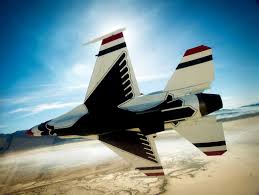TYK140
The effect of anesthetic vapors on the carbon dioxide response curve is best described by:
a) The apneic threshold is decreased and the respiratory rate is increased
b) The curve is shifted to the right and the apneic threshold (x-intercept) is increased
c) The minute ventilation is increased primarily by the tachypneic response
d) There is no effect on CO2 responsiveness in the absence of opiate analgesics
Answer
Answer b.
The carbon dioxide response curve reflects the change in minute ventilation with variable pCO2. Under vapor anesthesia in the absence of other agents, minute ventilation is decreased despite an attempted compensation with increased respiratory rate. Additionally, the apneic threshold is increased to approximately 52 mmHg for all modern vapor anesthetics.
Notes
- This question originally printed in the Pediatric Anesthesiology Review Topics kindle book series, and appears courtesy of Naerthwyn Press, LLC.
Keywords
